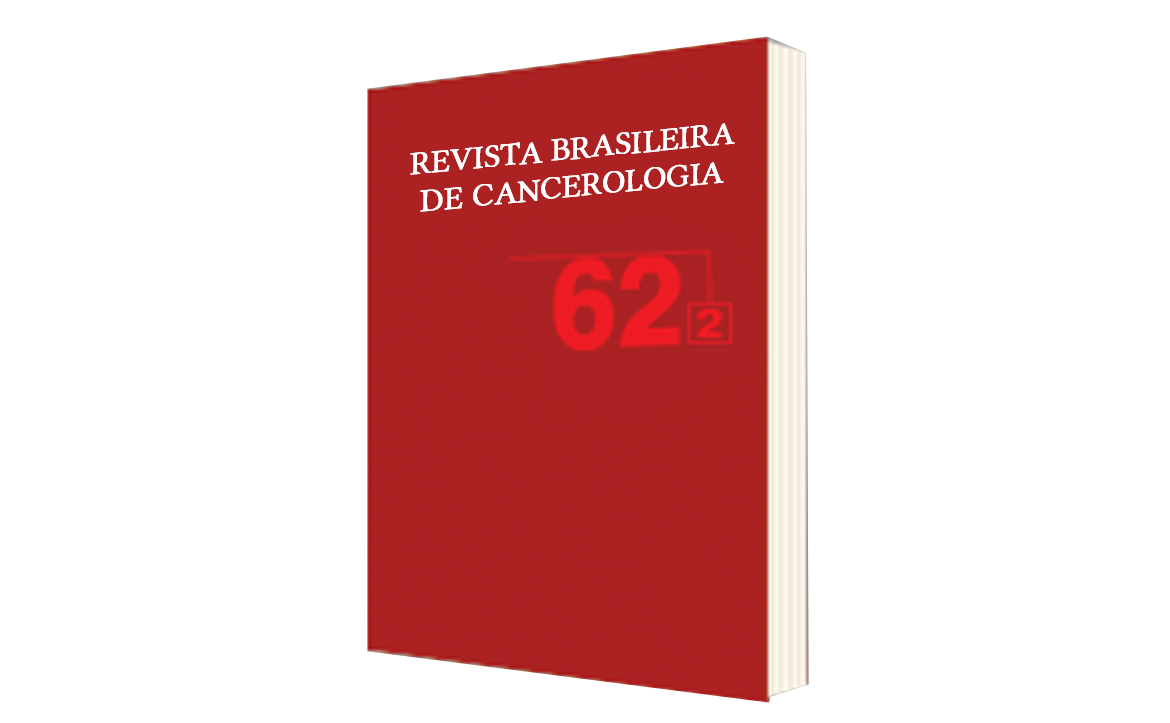The Impact of Data Correction on Premature Prostate Cancer Mortality, Brazil, 1996-2011
DOI:
https://doi.org/10.32635/2176-9745.RBC.2016v62n2.170Keywords:
Prostatic Neoplasms, Mortality, Health Information SystemsAbstract
Introduction: In analysis of mortality the coverage and quality of information should be observed in order to reduce the risk of underreporting bias and/or incorrect registration of the cause-of-death. Objective: To analyze mortality due to prostate cancer among 30-69 year-old men in Brazil, from 1996 to 2011, after correcting for underreporting of deaths and redistribution of ill-defined and unspecific causes-of-death. Method: Steps for the correction procedures included data imputation of deaths with unknown sex and age, redistribution of ill-defined and unspecific causes-of-death, and correction of death underreporting in the Mortality Information System. Time series for each region and Brazil were analyzed by linear regression with autoregressive errors and space models of the states. Results: After correction for underreporting, prostate cancer mortality increased by 22.2%, in 1996, and by 6.2%, in 2011. A larger contribution was observed by the redistribution of ill-defined causes-of-death, especially in 1996 (21.4%). Unspecific codes had a limited impact on the total corrected deaths. After correction, the Northeast and Southeast Regions presented, respectively, the highest and lowest mortality rates due to prostate cancer for 1996 and 2011. A reduction in the mortality rate for the period and a reduction in the regional difference for 2011 were also observed. Conclusion: A more specific picture regarding mortality due to prostate cancer in Brazil emerged after applying the data correction procedures, and this can be used for better planning of public health actions.









